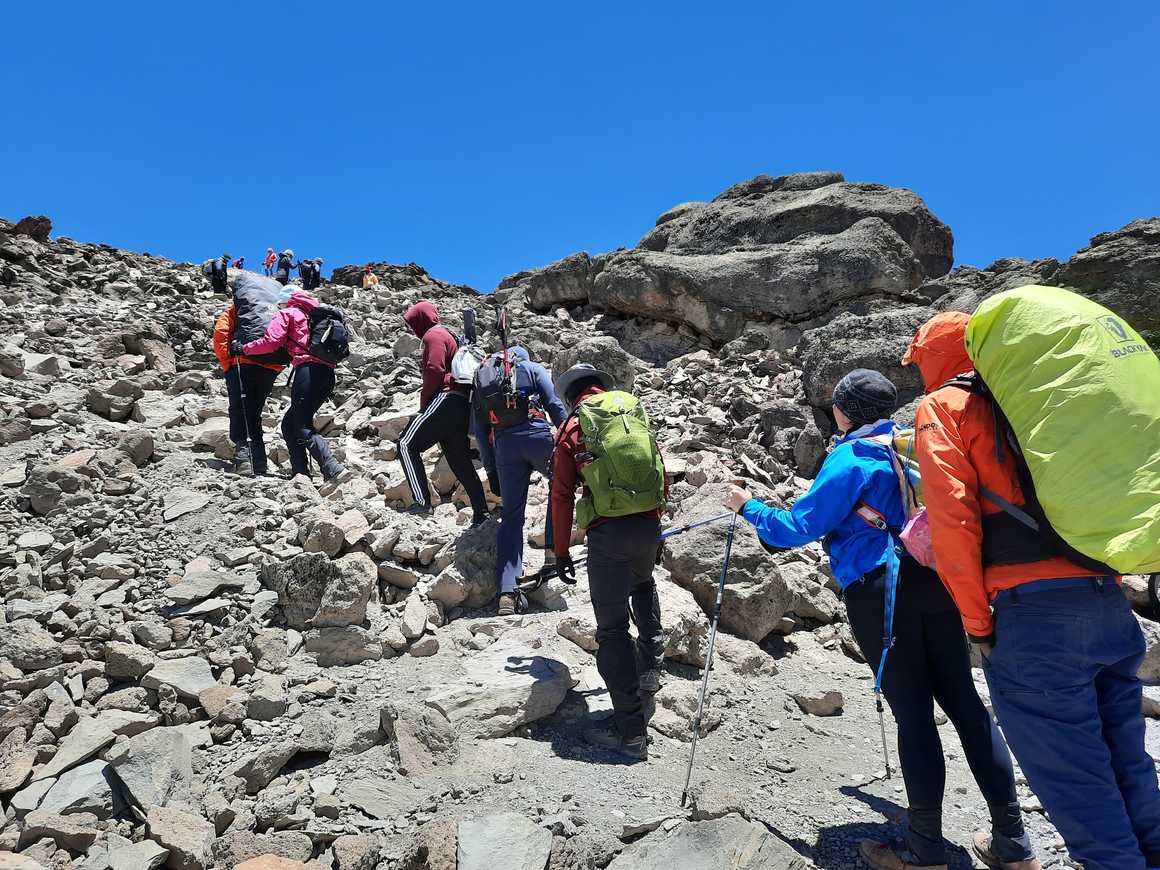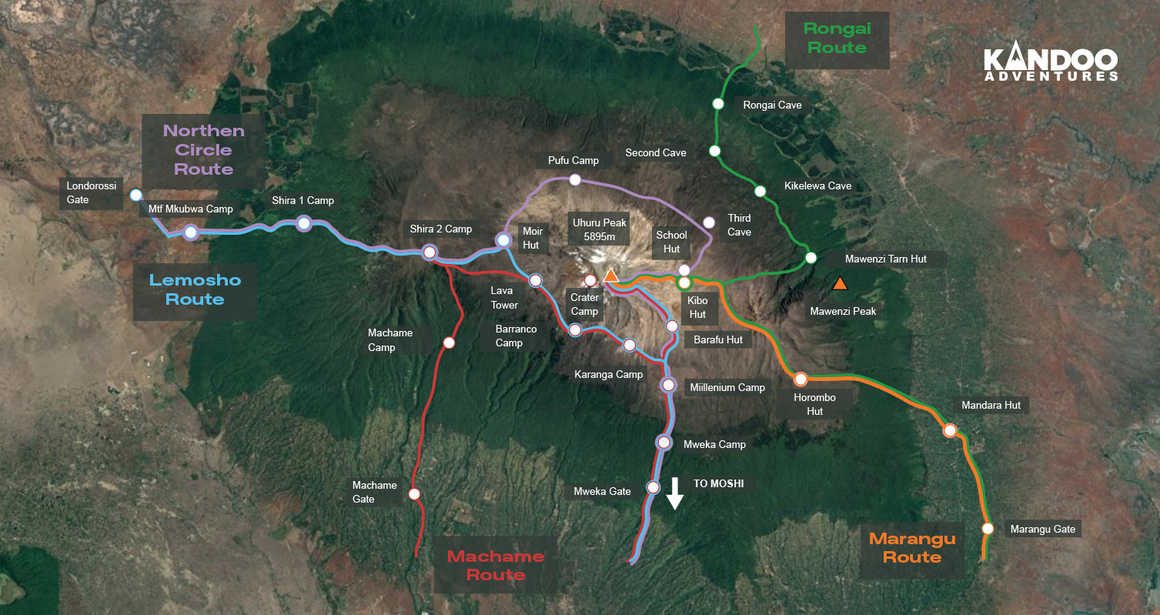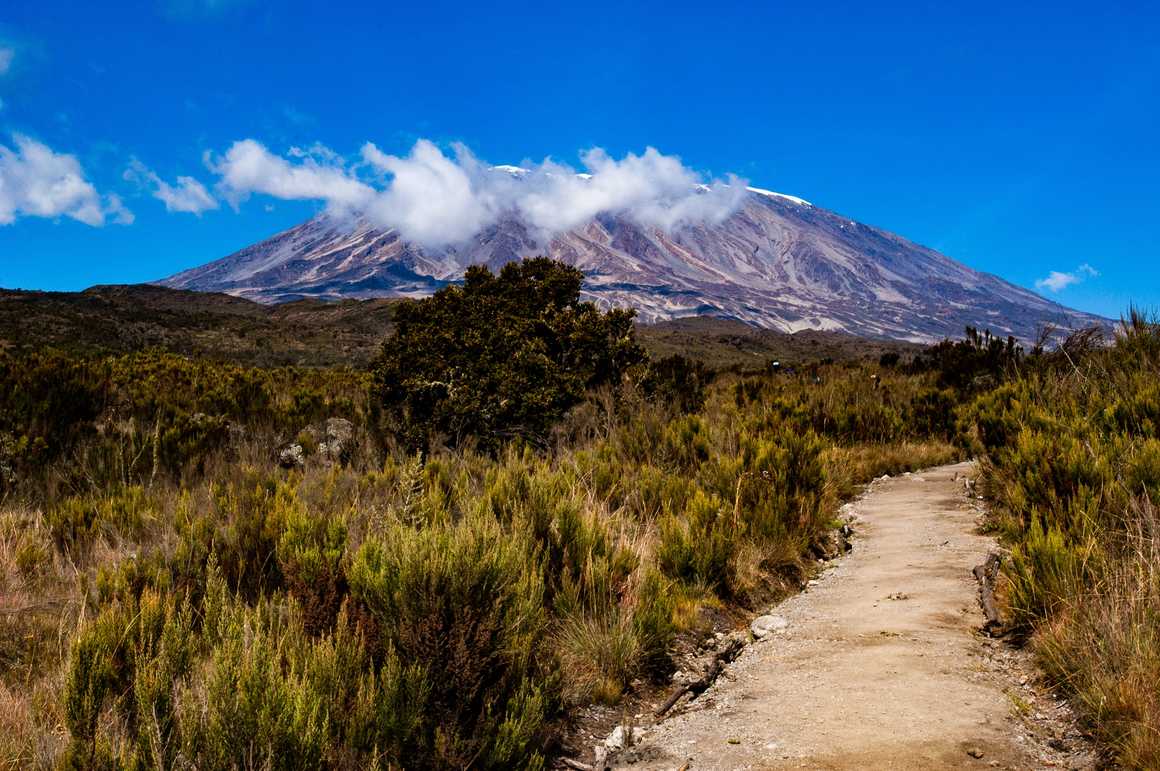How Long Does It Take to Climb Kilimanjaro and Descend to the Finishing Point?
Adventurers looking to climb Mount Kilimanjaro frequently
ask how long does it take to climb Kilimanjaro? To put it simply, there are 7
different established Kilimanjaro routes and depending on which route you choose;
it takes between 5-9 days to reach Kilimanjaro summit and descend to the
finishing point. The more days spent on the mountain, the more likely you will reach the summit as you will become more acclimatised to the altitude and will be less fatigued.
Requiring no technical mountaineering skills or equipment,
Kilimanjaro has greeted many first-time altitude trekkers daring the ascent to
the summit. This is not to say that Kilimanjaro is an easy feat, but a tough
challenge for many. Whether you’re climbing Kilimanjaro for personal fulfilment
or for a charitable cause, you’ll need to spend some time contemplating how
long you want to spend on the mountain and the best route to climb
Kilimanjaro for you.
There are several factors affecting how long it takes to
climb Kilimanjaro including the route, how well your body acclimatises to the
altitude, your physical and mental stamina and the time of year you visit. Here,
we have compiled a breakdown of how long it takes to climb Kilimanjaro on each
of the 7 Kilimanjaro routes, factors affecting the time you will spend on the
mountain as well as some quick facts about some of the fastest summits of the
majestic mountain.
If you only take one thing away from this blog, let it be
that slow and steady wins the race!

Factors Affecting How Long It Takes to Climb Kilimanjaro
Altitude
It’s fair to say that you may experience some of the common
minor symptoms of altitude sickness when you make your ascent of Kilimanjaro such
as headaches which can be treated with painkillers and by maintaining your
water intake. The drug Acetazolamide (Diamox) is also widely considered to be
effective in managing altitude sickness as a whole. It’s when these symptoms
become more moderate to severe that your chances of reaching the summit of
Kilimanjaro are threatened.
Unfortunately, there isn’t much you can do to avoid altitude
sickness completely without going into altitude, but you can prevent and manage
it by taking the ascent slow to allow your body time to acclimatise to higher
altitudes, rewarding yourself with regular breaks and staying hydrated. Getting
yourself fit before attempting the trek is also a good step towards preventing
altitude sickness as your body will be able to better cope with the reduced
oxygen and changes in air pressure.
Seasons
We recommend climbing Kilimanjaro during the warmest and
driest time of year, from June to October and December to March because these
periods offer you the best chance of successfully reaching the summit. Although
these months will be noticeably busier than others, you will most likely
receive dry weather with clear skies, which make for great views and ideal
trekking conditions.
For a complete breakdown of the Kilimanjaro climbing
seasons, when is safest to visit and when not to chance your luck, check out
our blog on the best time to climb Kilimanjaro.
Fitness
Having a good level of fitness will make the climb a lot
easier and having a solid training plan will allow you to
prepare better for the climb and allow you to enjoy yourself when you’re on the
mountain. You will be required to carry a 30-40 litre daypack up the mountain
and should account for this in your training. No matter your level of fitness
and trekking experience, it is still advised that you take the ascent slow to
allow your body time to acclimatise to the altitude.
mentality
Kilimanjaro Summit Success Rate

How Long Does It Take to Climb Kilimanjaro on Each Route?
Kilimanjaro Machame Route
Kilimanjaro Lemosho Route
Kilimanjaro Marangu Route
Kilimanjaro Rongai Route
Kilimanjaro Northern Circuit Route
Kilimanjaro Shira Route
Kilimanjaro Umbwe Route

Quickest Times to Summit Kilimanjaro
- In August 2014, the Swiss climber Karl Egloff is
the current record holder as the fastest ascent and descent up Kilimanjaro
having completed the Umbwe route in 6 hours and 42 minutes.
- Kristina School Madsen holds the title of the
fastest woman to climb Kilimanjaro, reaching the summit in 6 hours and 53
minutes.
To put this into perspective, most trekkers take around 7
days to complete the ascent and descent of Kilimanjaro on one of Kilimanjaro’s
established routes. These elite athletes will have undergone intense training
and pre-acclimatisation to achieve these mind-blowing records.
Climb Kilimanjaro with Kandoo Adventures
So, there you have it, slow and steady wins the race…
always! To answer the question ‘how long does it take to climb Kilimanjaro’, it
is completely dependent on the route you choose, your fitness level, mentality,
the time of year you visit and how long you allow yourself to acclimatise to
the altitude. To reiterate, the more days you spend on Kilimanjaro, the more
likely you are to reach the summit as you will become more acclimatised to the
altitude and will be less fatigued. We hope you found this helpful your decision
making on which once-in-a-lifetime Kilimanjaro route to take on.










